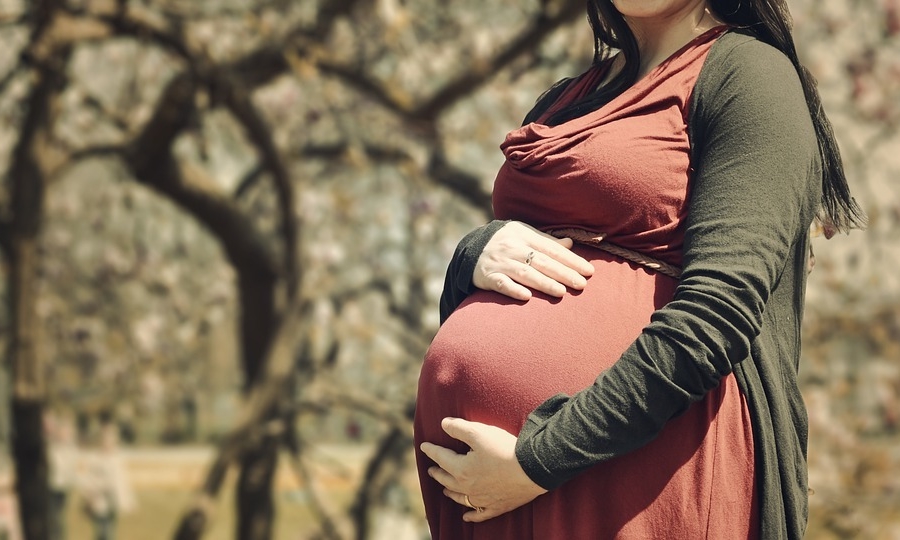
Understanding High Risk Pregnancy Conditions
14 Jun 2018 | 4 min Read
Babychakra
Author | 1369 Articles
Pregnancy is a physically grueling experience for every woman. After all, growing and nurturing a whole new being inside your body is no small feat. However, some women have it harder than the rest and their journey to motherhood is often marked by bed rest, intensive medical tests, and sometimes, spells of hospitalization. The constant stress brought on by the uncertainty of carrying their pregnancy to term only adds to it. The reason? High-risk pregnancy conditions.

We examine some of the most common high risk pregnancy conditions and ways to manage these complications for a healthy gestation and childbirth:
Pre-term Labor

There are multiple factors that can put an expecting mother at the risk of pre-term labour, including multiple fetuses, abnormalities in the cervix, vaginal infections, a and history of premature labour. Experiencing watery vaginal discharge, cramping in the abdomen, or backaches before the 37th week of your pregnancy can be signs of pre-term labour and require immediate medical attention.
This high-risk pregnancy condition is often managed by bed rest to reduce the chances of dilation by alleviating pressure on the cervix. Additionally, having screening tests done for conditions like untreated thyroid and bacterial vaginosis, stress management techniques, and progesterone shots can be used to manage this condition effectively.
Preeclampsia

Preeclampsia is marked by high blood pressure and the presence of protein in the urine. If undetected, this high risk pregnancy condition can lead to serious health complications like blood clotting as well as impaired liver and kidney function, and may even prove fatal. The clear cause of preeclampsia remains elusive to this day. Some studies suggest that a particular type of protein that halts blood vessel growth in the placenta could be the underlying cause for preeclampsia. Existing high blood pressure condition and pre-pregnancy BMI are often factored in when assessing the potential risk of this condition, besides multi-fetal gestation, more than 40 years of age, and family history of preeclampsia.
High blood pressure, severe headaches, extreme nausea, excessive swelling in feet and hands, and blood in the urine are some tell-tale signs of preeclampsia. While there is no known way to prevent this condition altogether, you can manage it better by maintaining a healthy weight, following a pre-natal exercise regime, and eating a balanced, nutritious diet.
Placenta Previa

This is a rare high risk pregnancy condition but one that can have serious health complications for the mother. In case of placenta previa, the placement of placenta is such that it covers the mouth of the cervix. As the cervix dilates when a woman goes into labour, it can cause parts of the placenta to tear and bleed, thereby triggering haemorrhage. There is no clarity on what causes this condition, but past c-sections, history of abortions, multi-fetal pregnancy, and pregnancy after 40 are often considered as high risk factors.
Experiencing bleeding in the second or third trimester is one of the main symptoms of placenta previa. In a majority of cases, the placenta changes its position on its own as a woman approaches completion of the term. Until that happens, one may be advised bed rest to decrease pressure on the cervix. Persistent or recurring bleeding can also lead to hospitalization. C-section birth is considered the safest option in case the placenta continues to block the cervix completely even after 38 weeks.
Gestational Diabetes
This condition is characterized by a sudden spate in blood sugar levels caused by an inability of the pancreas to produce adequate insulin for countering pregnancy hormones that cause sugar levels to rise. In almost all cases of gestation diabetes, the blood sugar levels go back to normal after childbirth. While this condition does not pose any critical health risks to the mother, it can lead to the baby being too big and hinder the chances of a natural birth.
Some women may have typical diabetes symptoms such as increased thirst and urination. However, in most cases, an expecting mother may experience no symptoms at all. A glucose tolerance test (GTT) is done between 24 and 28 weeks of pregnancy to rule out the risk of gestational diabetes. A high fiber, low sugar diet is recommended for expecting mothers affected by this condition. In cases where blood sugar levels are abysmally high, insulin injections may also be prescribed.
Advanced maternal age, existing medical conditions, surgical history, multi-fetal pregnancy, and lifestyle choices such as smoking, excessive drinking, and substance abuse are some of the leading factors that can contribute to high risk pregnancy conditions. Preparing your body for pregnancy before taking the giant leap and following a healthy lifestyle with a balanced diet and regular exercise even during the pregnancy can help cut out these risks to a large extent.
Also read: Everything You Need To Know About A Placenta Posterior
A


Related Topics for you
Suggestions offered by doctors on BabyChakra are of advisory nature i.e., for educational and informational purposes only. Content posted on, created for, or compiled by BabyChakra is not intended or designed to replace your doctor's independent judgment about any symptom, condition, or the appropriateness or risks of a procedure or treatment for a given person.
